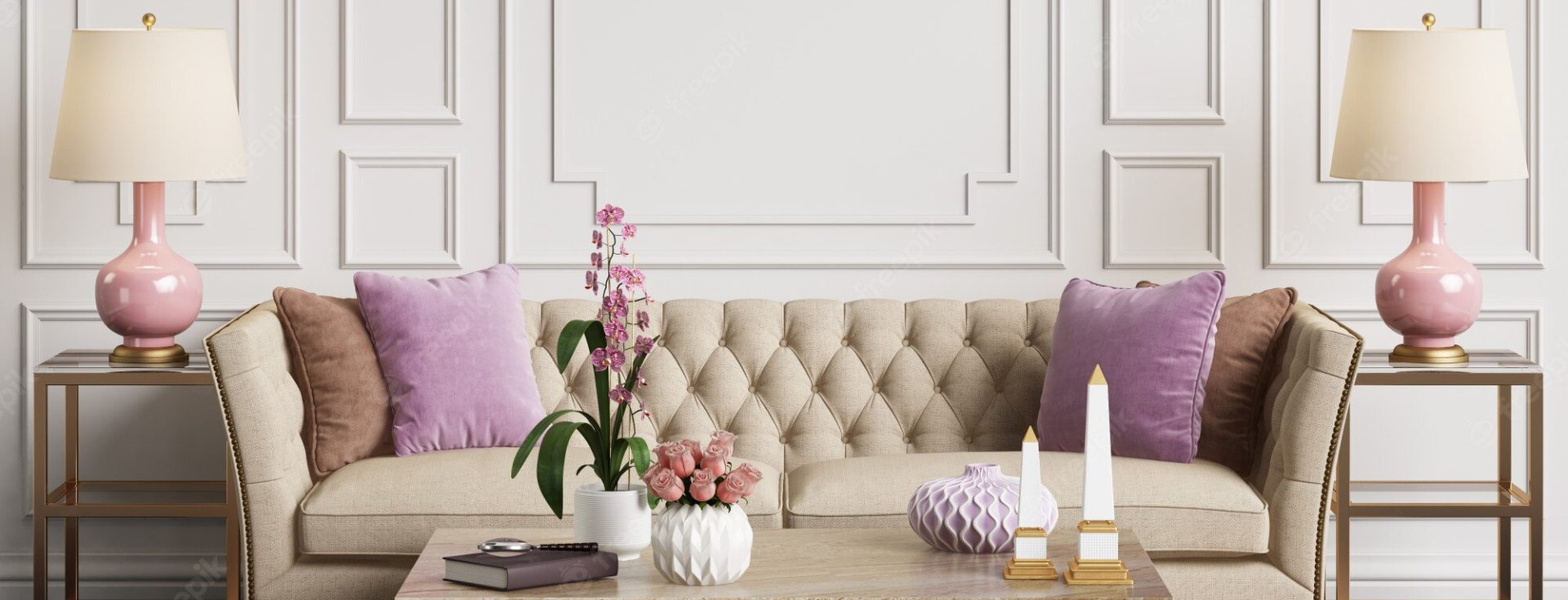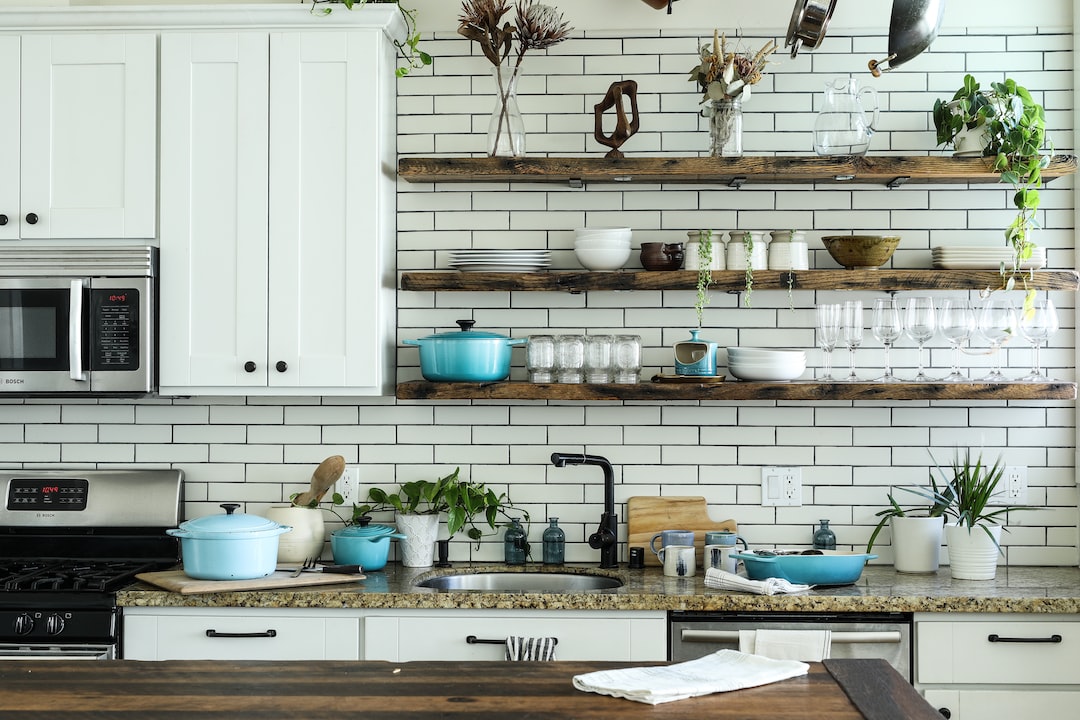Proper lighting is an essential element in any kitchen design. It not only enhances the overall aesthetics of the space but also plays a crucial role in ensuring safety and functionality. In this article, we will explore the different types of kitchen lighting fixtures, discuss the importance of choosing the right color temperature, and provide tips for layering your kitchen lighting for optimal illumination. We will also delve into creative ways to incorporate under cabinet lighting, the benefits of dimmer switches, and how pendant lighting can add style and functionality to your kitchen. Additionally, we will provide tips for installing recessed lighting and task lighting fixtures, as well as explore energy-efficient lighting solutions for the kitchen. Vvvov
Why Proper Lighting is Essential in the Kitchen
Proper lighting is essential in the kitchen for several reasons. Firstly, it ensures safety by providing adequate illumination for tasks such as chopping vegetables or using sharp knives. Insufficient lighting can lead to accidents and injuries. Secondly, good lighting enhances functionality by illuminating work areas and making it easier to see what you’re doing. Whether you’re cooking, cleaning, or searching for ingredients, having proper lighting can make these tasks much more efficient. Lastly, proper lighting contributes to the overall aesthetics of the kitchen. It can highlight architectural features, create a warm and inviting ambiance, and showcase your design choices.
On the other hand, poor lighting can have several negative impacts on the kitchen. Insufficient lighting can make it difficult to see what you’re doing, leading to mistakes or accidents. Shadows and dark corners can also make the space feel cramped and uninviting. Additionally, harsh or mismatched lighting can create an unflattering environment and make it difficult to appreciate the beauty of your kitchen design.
Different Types of Kitchen Lighting Fixtures
There are several types of kitchen lighting fixtures that you can incorporate into your design to achieve optimal illumination. Overhead lights are one of the most common types and are typically mounted on the ceiling. They provide general illumination for the entire kitchen and can be in the form of flush mount fixtures, semi-flush mount fixtures, or chandeliers. Under cabinet lights are another popular option and are installed underneath the upper cabinets. They provide task lighting for countertop work areas and can also serve as ambient lighting. Pendant lights are a stylish choice that can be hung over an island or dining table to provide focused task lighting and add visual interest to the space. Lastly, recessed lights are installed into the ceiling and provide a clean and streamlined look. They can be used for general lighting or to highlight specific areas of the kitchen.
Each type of lighting fixture has its pros and cons. Overhead lights are versatile and provide ample illumination for the entire kitchen. However, they can create shadows and may not be sufficient for task lighting. Under cabinet lights are great for illuminating work areas and creating a warm ambiance. However, they may require additional wiring and installation can be more complex. Pendant lights add style and visual interest to the kitchen but may not provide sufficient illumination on their own. Recessed lights offer a clean and modern look but may require professional installation and can be more expensive.
Choosing the Right Color Temperature for Your Kitchen
Color temperature refers to the appearance of light, whether it is warm or cool. It is measured in Kelvin (K) and can greatly affect the look and feel of your kitchen. Warm light, with a color temperature of around 2700K-3000K, creates a cozy and inviting atmosphere. It is often used in traditional or rustic kitchens to enhance warmth and comfort. Cool light, with a color temperature of around 4000K-5000K, creates a bright and energizing atmosphere. It is often used in modern or contemporary kitchens to enhance cleanliness and efficiency.
When choosing the right color temperature for your kitchen, consider the overall style and mood you want to achieve. Warm light is great for creating a cozy and intimate atmosphere, while cool light is ideal for creating a bright and clean environment. You can also mix and match different color temperatures to create a layered lighting effect. For example, you can use warm light for ambient lighting and cool light for task lighting.
How to Layer Your Kitchen Lighting for Optimal Illumination
Layering your kitchen lighting involves using different types of lighting fixtures to create a balanced and functional illumination. It helps to eliminate shadows, provide adequate task lighting, and create a warm and inviting ambiance. There are three main layers of lighting that you can incorporate into your kitchen design: ambient lighting, task lighting, and accent lighting.
Ambient lighting provides general illumination for the entire kitchen and can be achieved through overhead lights or recessed lights. Task lighting focuses on specific work areas such as the countertop or stove and can be achieved through under cabinet lights or pendant lights. Accent lighting adds visual interest and highlights specific features such as artwork or architectural details. It can be achieved through spotlights or track lights.
To effectively layer your kitchen lighting, start by determining the areas that require task lighting, such as the countertop, stove, or sink. Install under cabinet lights or pendant lights in these areas to provide focused illumination. Next, install ambient lighting fixtures such as overhead lights or recessed lights to provide general illumination for the entire kitchen. Lastly, add accent lighting fixtures to highlight specific features or create visual interest.
Creative Ways to Incorporate Under Cabinet Lighting
Under cabinet lighting is a popular choice for kitchens as it provides task lighting for countertop work areas and adds a warm and inviting ambiance to the space. There are several creative ways to incorporate under cabinet lighting into your kitchen design. One option is to use LED strips that can be easily installed underneath the upper cabinets. LED strips are flexible, energy-efficient, and come in a variety of colors and brightness levels. They can be easily hidden from view and provide a seamless and clean look.
Another option is to use puck lights, which are small and round LED lights that can be recessed into the underside of the upper cabinets. Puck lights provide focused task lighting and can be adjusted to different brightness levels. They are also easy to install and can be wired directly into the existing electrical system or operated with batteries.
The Benefits of Dimmer Switches in the Kitchen
Dimmer switches are a great addition to any kitchen as they allow you to adjust the brightness of your lighting fixtures according to your needs and preferences. They offer several benefits, including improved functionality and ambiance. With a dimmer switch, you can easily transition from bright task lighting for cooking or cleaning to a softer and more relaxed ambiance for dining or entertaining.
When choosing a dimmer switch for your kitchen, consider the type of lighting fixtures you have installed. Not all fixtures are compatible with dimmer switches, so make sure to check the specifications before making a purchase. Additionally, consider the wattage of your lighting fixtures as dimmer switches have specific wattage limits. It is also important to choose a dimmer switch that matches the style and design of your kitchen.
Using Pendant Lighting to Add Style and Functionality
Pendant lighting is a versatile option that can add style and functionality to your kitchen. It is often used over an island or dining table to provide focused task lighting and create a visual focal point in the space. Pendant lights come in a variety of styles, shapes, and sizes, allowing you to choose one that complements your kitchen design.
When choosing pendant lights for your kitchen, consider the size of the space and the height of the ceiling. Pendant lights should be proportionate to the size of the island or dining table and should hang at an appropriate height. Additionally, consider the style and finish of the pendant lights to ensure they match the overall design of your kitchen.
Tips for Installing Recessed Lighting in Your Kitchen
Recessed lighting is a popular choice for kitchens as it offers a clean and streamlined look. It can be used for general lighting or to highlight specific areas of the kitchen. When installing recessed lighting in your kitchen, there are several tips to keep in mind.
Firstly, determine the placement and spacing of the recessed lights. They should be evenly spaced and provide adequate illumination for the entire kitchen. The size and wattage of the recessed lights will depend on the size of your kitchen and the amount of light you require.
Secondly, consider the type of recessed lights you want to install. There are two main types: new construction and remodel. New construction recessed lights are installed during the construction or renovation phase, while remodel recessed lights can be installed into existing ceilings without cutting into drywall.
Lastly, consider the trim and finish of the recessed lights. The trim refers to the visible part of the light fixture and comes in a variety of styles and finishes. Choose a trim that complements your kitchen design and enhances the overall aesthetics of the space.
The Importance of Task Lighting in Food Preparation Areas
Task lighting is especially important in food preparation areas such as the countertop and stove. It provides focused illumination for tasks such as chopping vegetables, reading recipes, or cooking on the stove. Insufficient task lighting can make these tasks more difficult and increase the risk of accidents or mistakes.
When choosing task lighting fixtures for your food preparation areas, consider fixtures that provide bright and focused illumination. Under cabinet lights are a popular choice as they can be installed directly above the countertop or stove to provide task lighting where it is needed most. Pendant lights can also be used over an island or dining table to provide focused task lighting.
Energy-Efficient Kitchen Lighting Solutions
Energy-efficient lighting is not only good for the environment but also for your wallet. It can save you money on your energy bills and reduce your carbon footprint. There are several energy-efficient lighting solutions that you can incorporate into your kitchen design.
LED lights are one of the most energy-efficient options available. They use up to 80% less energy than traditional incandescent bulbs and can last up to 25 times longer. LED lights are also available in a variety of color temperatures and can be dimmable, making them a versatile choice for any kitchen.
Another energy-efficient option is compact fluorescent lights (CFLs). They use up to 75% less energy than incandescent bulbs and can last up to 10 times longer. CFLs are available in a variety of shapes and sizes and can be used in a wide range of lighting fixtures.
Conclusion
Proper lighting is an essential element in any kitchen design. It enhances safety, functionality, and aesthetics, making it a crucial consideration in your kitchen renovation or design project. By choosing the right types of lighting fixtures, color temperature, and layering techniques, you can create a well-lit and inviting space that meets all your needs. Whether you opt for under cabinet lights, pendant lights, or recessed lights, prioritize proper lighting in your kitchen to ensure a beautiful and functional space.





